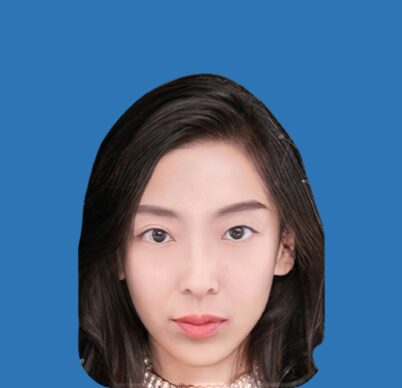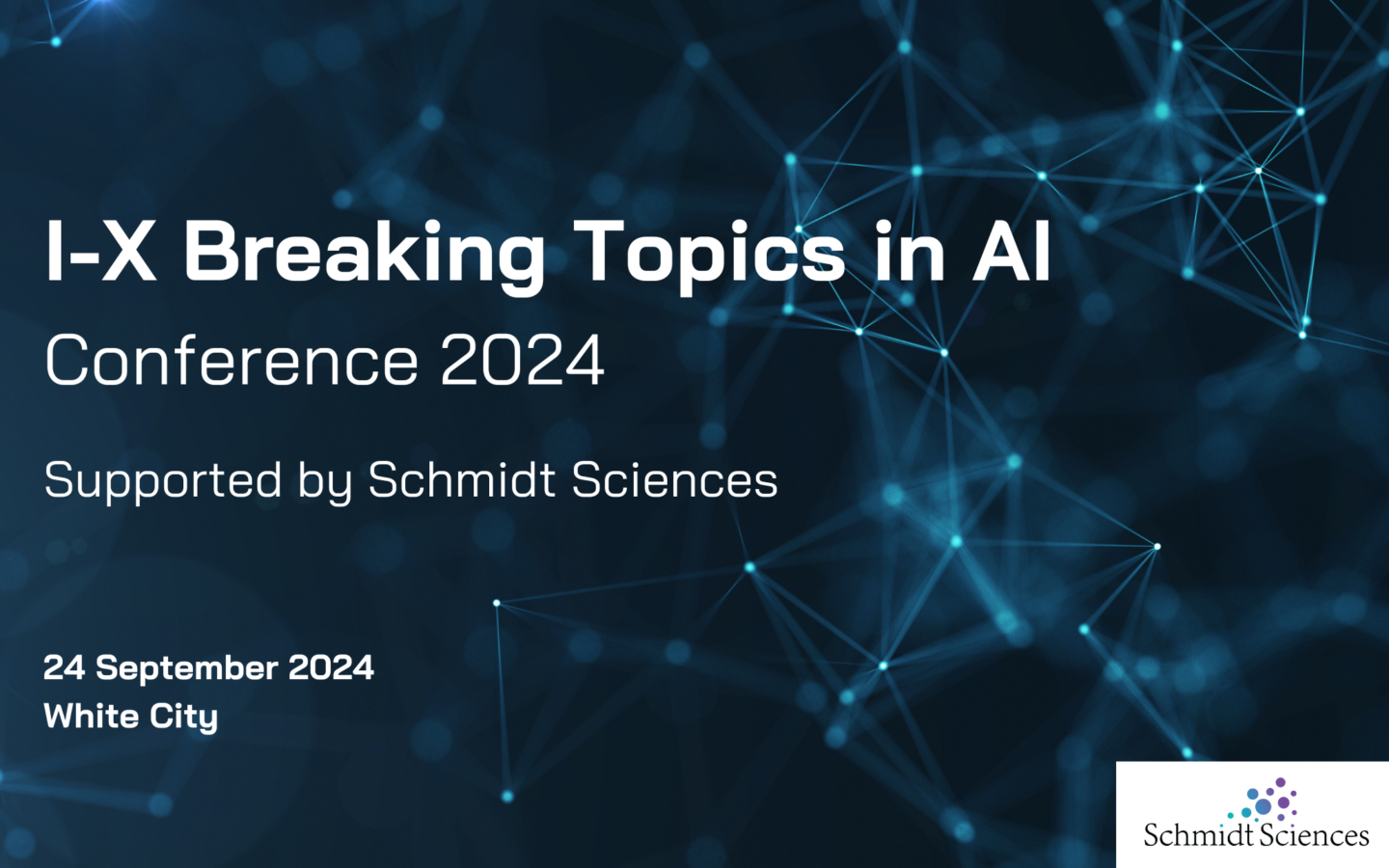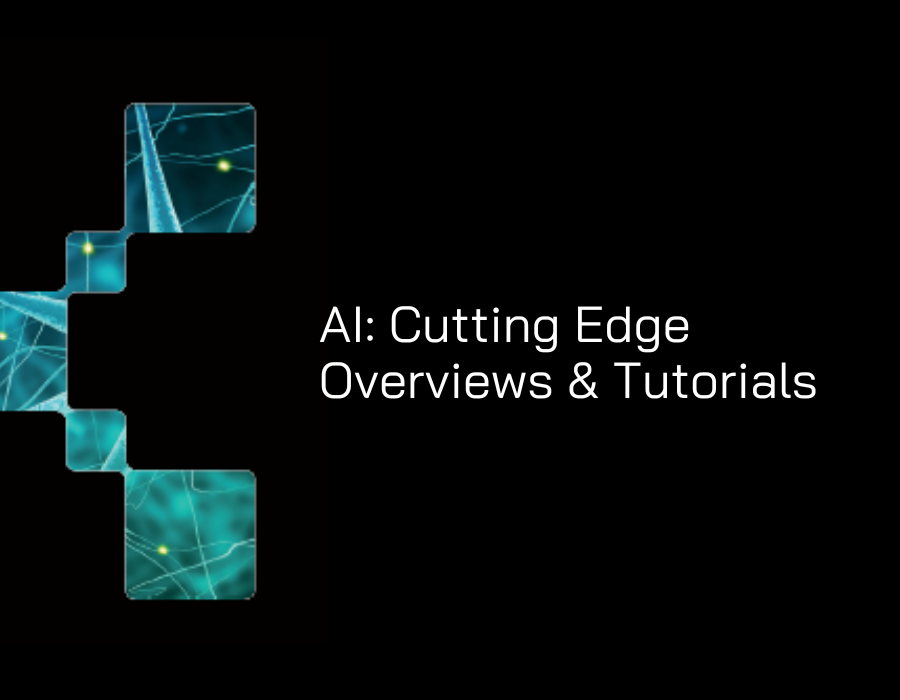Dr Dandan Zhang
Dr Dandan Zhang is a Lecturer (equivalent to an Assistant Professor in the U.S.) in Biomedical Robotics within the Department of Bioengineering at Imperial College London. She also serves as a Lecturer in Artificial Intelligence and Machine Learning as part of the I-X initiative. Dr. Zhang leads the Multi-Scale Embodied Intelligence Lab, where her research focuses on the intersection of robotics, biomedicine, and artificial intelligence. Her lab is committed to developing innovative multi-scale robotic systems with advanced dexterous manipulation capabilities and integrated multi-modality perception. By embedding physical and artificial intelligence into these systems, the lab seeks to create autonomous robots that adapt seamlessly across various scales and environments, driving significant advancements in biomedicine. A recent key focus of her research is micro-robotics, particularly in biomedical applications with the potential to revolutionize personalized healthcare through early diagnostics and interventions.



